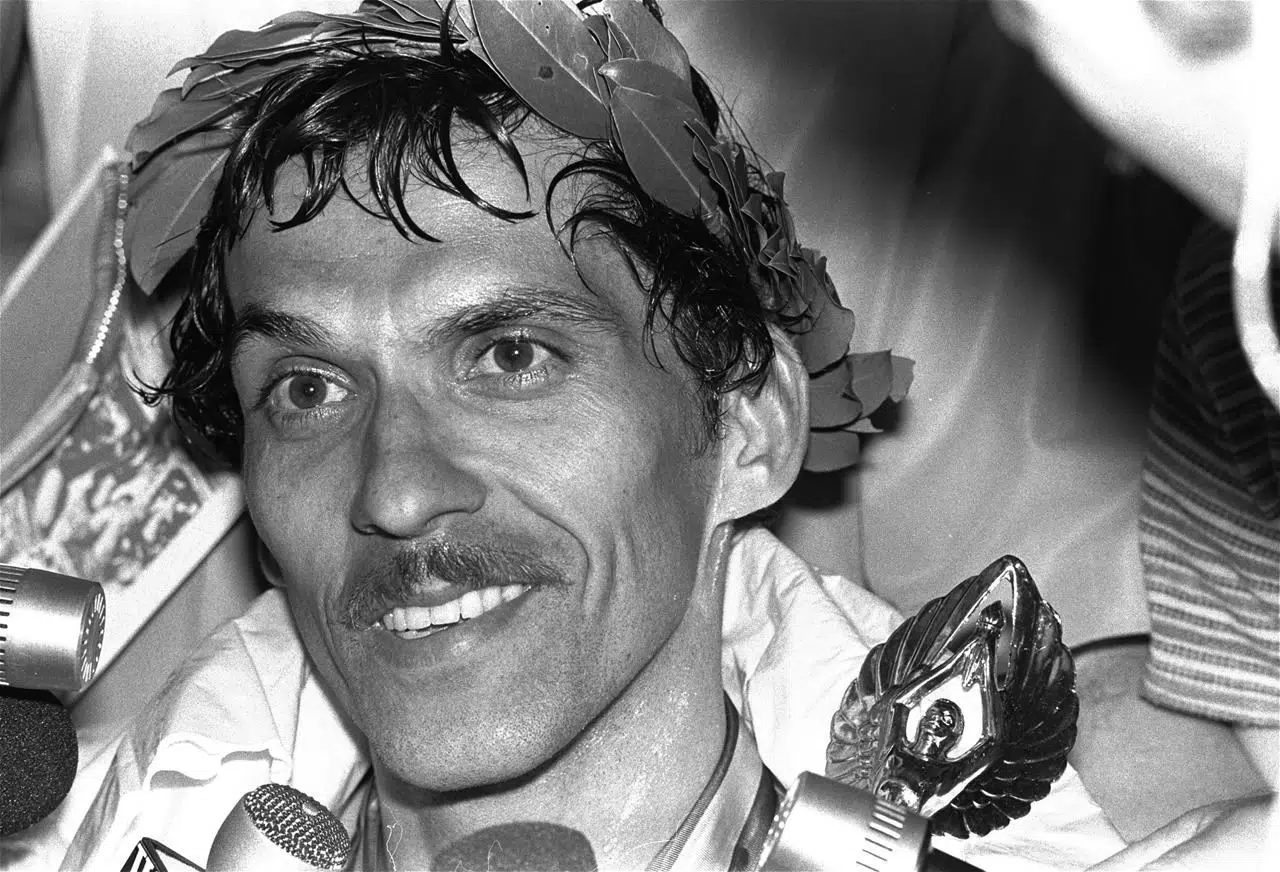
Drayton says “it’s about time” his 43-year-old Canadian marathon record fell
TORONTO — Jerome Drayton wasn’t surprised that Cam Levins was the runner who finally took down his 43-year-old Canadian marathon record.
Drayton has followed Levins’ progress over the years and felt he had the ability to break his long-standing mark of two hours 10 minutes nine seconds.
“I knew that he had a very fast 5,000 and 10,000-metre background and that’s what you need to be a high-quality marathoner,” Drayton said Tuesday from his west-end Toronto home. “So I’m not surprised he got it.”
Levins broke the record in the 42.195-kilometre race last Sunday at the Toronto Scotiabank Waterfront Marathon. His time of 2:09.25 trimmed a whopping 44 seconds from Drayton’s record.


